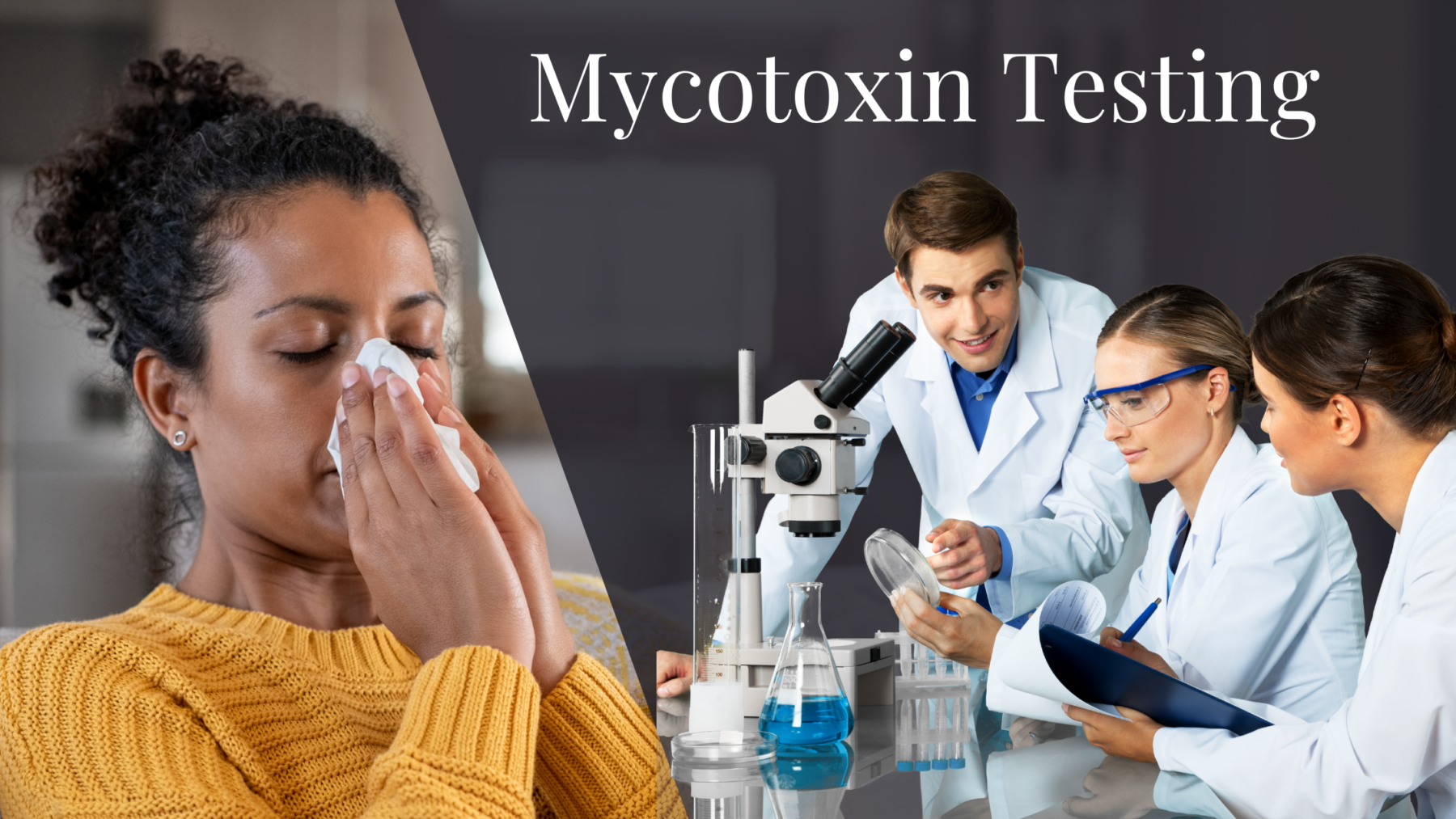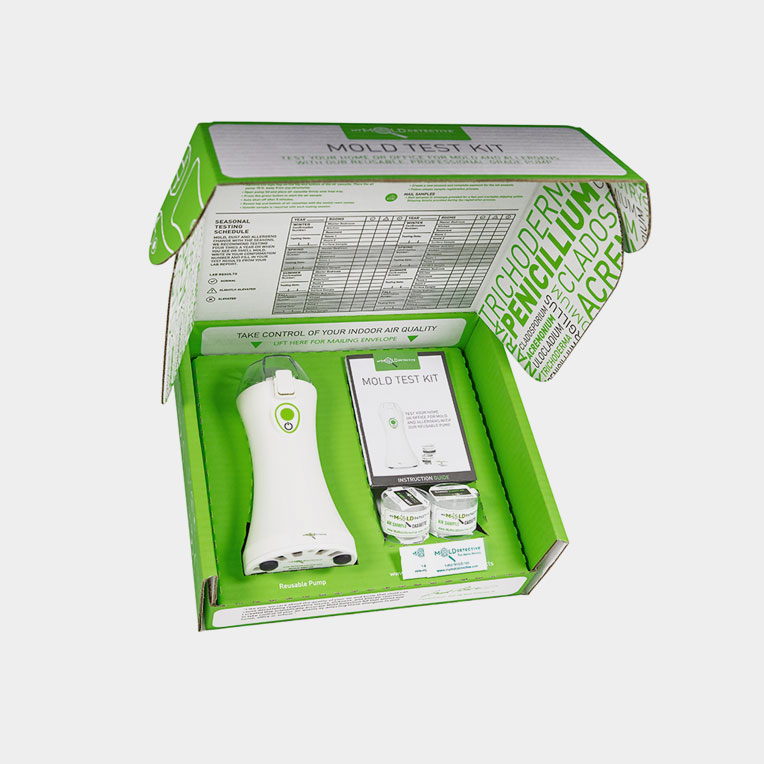Mycotoxin testing Services: Ensuring High Quality and Safety in Your Supply Chain
Mycotoxin testing Services: Ensuring High Quality and Safety in Your Supply Chain
Blog Article
How Mycotoxin Testing Assists Protect Against Contamination and Secure Food Materials

Mycotoxin screening is an essential technique in the food market, offering as a frontline defense against contamination by harmful contaminants produced by molds. Through the application of innovative methods like High-Performance Fluid Chromatography (HPLC) and Liquid Chromatography-Mass Spectrometry (LC-MS), food manufacturers can accurately evaluate and spot mycotoxin degrees in agricultural products.
Comprehending Mycotoxins
Understanding mycotoxins begins with acknowledging that they are hazardous second metabolites produced by specific molds, which can contaminate agricultural products. These metabolites are not essential for the development or reproduction of the fungis but can have severe effects for human and animal health and wellness. Mycotoxins are commonly located in staple crops such as corn, wheat, barley, and nuts, where they can multiply under particular conditions of wetness and temperature level.
There are a number of kinds of mycotoxins, each created by different fungal varieties. Fusarium varieties produce fumonisins and trichothecenes, both of which are associated with numerous intense and persistent health problems.

Risks of Mycotoxin Contamination
The threats of mycotoxin contamination are diverse, presenting substantial hazards to both food safety and public health and wellness. Mycotoxins, hazardous compounds generated by particular sorts of fungi, can contaminate a wide variety of agricultural products including cereals, nuts, seasonings, dried fruits, and coffee. When these contaminants penetrate the food supply, they can result in major health and wellness concerns such as liver damages, kidney failing, and also cancer. Vulnerable populations, including kids, the senior, and immunocompromised individuals, are particularly in jeopardy.
Economic influences are an additional major worry. Polluted crops can result in considerable economic losses for farmers and food producers as a result of lowered returns and the need for expensive decontamination actions. Additionally, international profession can be substantially hindered as nations implement rigorous mycotoxin policies to protect their populaces, leading to rejected shipments and strained profession relations.
Ecological factors such as climate adjustment intensify the risk of mycotoxin contamination. Variants in temperature level and moisture can create beneficial conditions for fungal development, enhancing the probability of contamination events. Thus, understanding and mitigating these dangers are critical for ensuring the safety and security and integrity of international food products.
Methods of Mycotoxin Examining
Precisely identifying mycotoxin contamination in farming items is crucial for protecting public wellness and preserving food security criteria. Different methods are employed to find and quantify mycotoxins, each offering specific benefits and restrictions.
High-Performance Liquid Chromatography (HPLC) is a commonly used approach as a result of its high sensitivity and accuracy. It involves dividing mycotoxins from various other substances in a sample, enabling accurate metrology. Liquid Chromatography-Mass Spectrometry (LC-MS) incorporates fluid chromatography with mass spectrometry to offer in-depth molecular information, making it particularly beneficial for recognizing multiple mycotoxins all at once.

Gas Chromatography-Mass Spectrometry (GC-MS) and Thin-Layer Chromatography (TENDER LOVING CARE) are additionally used, each with unique applications. GC-MS is effective for unstable mycotoxins, while tender loving care provides a simpler, economical alternative for initial testing.
Benefits of Normal Checking
Normal testing for mycotoxins in agricultural products supplies countless advantages, significantly adding to public health and wellness and food safety and security. By recognizing contamination early, regular testing assists stop the distribution of harmful foods, thus lowering the risk of mycotoxin-related diseases amongst consumers. This positive method not just safeguards human health but also boosts the overall top quality of food materials.
Constant testing More hints also supports governing conformity. Different countries and areas have developed strict restrictions for mycotoxin levels in food and feed. Sticking to these limits through regular screening makes certain that vendors and producers meet legal requirements, therefore staying clear of fines and profession obstacles. Maintaining conformity promotes consumer count on and brand credibility, which are crucial for market success.
Furthermore, routine mycotoxin testing can result in considerable economic advantages. Early discovery of contamination enables for timely treatment, reducing potential losses from extensive contamination. Applying normal screening protocols can additionally minimize recall costs and related liabilities, which can be monetarily ravaging.
Moreover, regular screening offers beneficial data that can inform better agricultural practices and storage space problems. By understanding patterns of contamination, producers can embrace safety nets, consequently adding and lowering future risks to the sustainability of the food supply chain.
Applying Testing Methods
Executing reliable mycotoxin screening procedures is essential for ensuring the security and top quality of agricultural items. Developing a durable screening framework includes numerous vital actions, starting with the identification of prospective contamination factors within the production and supply chain. This includes pre-harvest, post-harvest, storage, and circulation phases. Each stage should be looked at to determine where mycotoxin contamination is probably to happen.
When vital control factors are recognized, selecting suitable testing methods is vital. Common methods include enzyme-linked immunosorbent assay (ELISA), high-performance fluid chromatography (HPLC), and mass spectrometry (MS) Each technique has its weaknesses visit their website and staminas; therefore, choosing the right one depends upon the specific mycotoxin being examined, the needed sensitivity, and available resources.

Last but not least, integrating the screening methods into an extensive food security administration system is a good idea. This enhances traceability and makes it possible for swift restorative activities when contamination is identified, therefore guarding the stability of the food supply chain.
Conclusion
Mycotoxin testing is essential in avoiding contamination and safeguarding food supplies by making it possible for early click now discovery of damaging toxic substances produced by molds in agricultural items. Normal testing boosts brand credibility, financial security, and count on in food safety and security by minimizing contamination-related losses and preserving high criteria in food manufacturing.
Mycotoxin screening is an important technique in the food industry, offering as a frontline protection against contamination by dangerous toxins created by molds. An incorporated method entailing agricultural practices, storage management, and routine testing can mitigate the risks linked with mycotoxin contamination, making sure food security and public health.
The threats of mycotoxin contamination are multifaceted, posturing significant threats to both food security and public wellness.Regular testing for mycotoxins in agricultural items uses various advantages, considerably contributing to public health and wellness and food safety.Mycotoxin testing is important in avoiding contamination and safeguarding food materials by enabling very early discovery of hazardous contaminants produced by molds in agricultural items.
Report this page